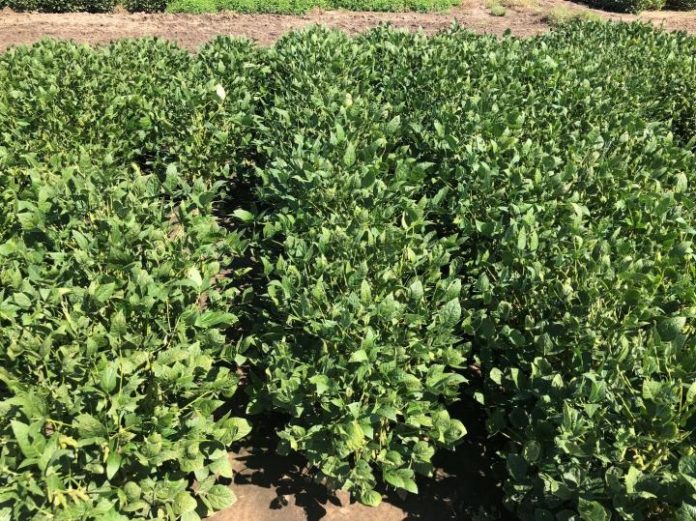Perennial warm-season grasses do not provide high-quality forage during mid to late-summer, which limits yearling stocker cattle from maintaining high rates of growth in the Southern Great Plains. This shortage has resulted in a continual search by researchers for annual legumes that can provide sufficient amounts of nutritious forage during August through September.
In a recently published article in the Agronomy Journal, researchers from USDA-ARS Grazinglands Research Laboratory and Oklahoma State University document the function of tepary bean and guar as potential summer forages under the growing conditions of Southern Great Plains. The two-year field experiment compared the productivity, leaf-to-stem ratios, and chemical composition of forage produced by three cultivars of each of tepary bean and guar with the soybean used as a control.
Results showed that tepary bean consistently offered rapid and better forage yields with a higher leaf-to-stem ratio. In contrast, guar maintained a low leaf-to-stem ratio and soybean possessed the least digestible stems in forage biomass among the tested legumes.
The article suggests tepary bean as an alternate forage option to soybean for producers and encourages further research to define management strategies for growing tepary bean in extensive production settings.





